Auto Shanghai 2025 | reinvent the wheel #7
A dispatch from the heart of a revolution, where horsepower meets hype, and the future of the automobile is being furiously rewritten.
It was, as Charles Dickens might have observed had he been an automotive journalist teleported to eastern China in the spring of 2025, the best of times and the worst of times for the global auto industry. The occasion was Auto Shanghai, the 21st iteration of a biennial spectacle that, on its 40th anniversary, had definitively shed any lingering perception of being merely a regional curiosity. This was no longer just a major auto show; it was arguably the auto show, a sprawling, hyper-caffeinated testament to a seismic shift in the automotive world order.
The grand old auto shows of Geneva, Frankfurt, Detroit, and Tokyo once formed the undisputed "Big Five," a circuit where automotive royalty unveiled their latest chariots to an adoring global press. They were institutions, reflecting a century of Western and Japanese dominance. But the air in Shanghai’s National Convention & Exhibition Center – all 360,000 square meters of it, pulsating with over a million visitors and the gleam of nearly 1,400 vehicles – felt different. It was less about reverent tradition and more about a ferocious, almost Darwinian, sprint into an uncertain future. As Xing Lei, a veteran observer from AutoXing, noted, this was Auto Shanghai becoming "more Chinese, more international, more auto show." The numbers alone were staggering: 1,366 vehicles exhibited, 163 of them global debuts. And of those vehicles, a jaw-dropping 70-plus percent were New Energy Vehicles (NEVs). The future, it screamed, was electric, and it was being designed, built, and increasingly dictated, here.
The Chinese market itself is a behemoth, a crucible. The future of cars in China is, in many ways, the future of cars. The China Association of Automobile Manufacturers (CAAM) reported that in the first quarter of 2025 alone, car sales in China hit 7.47 million units, an 11.2% year-on-year increase. Within that, NEVs surged by a staggering 47.1% to over 3.07 million units. Exports, too, were booming, with 1.42 million vehicles shipped, up 7.3%. This wasn't just a market; it was a phenomenon.
The NEV Crucible: Welcome to the Thunderdome
If there was one overarching theme at Auto Shanghai 2025, it was the sheer, unadulterated ferocity of the New Energy Vehicle market. "Too much involution," "hyper-competitive" – was the phrase on everyone's lips. It’s a polite way of saying the market is a bloodbath.
The official statistic of over 70% NEVs on display only tells part of the story. The real drama lay in who wasn't there, or whose presence felt diminished. While brands like BYD, Li Auto, NIO, Xpeng, and the surprisingly potent newcomer Xiaomi (even without its talismanic CEO Lei Jun in attendance) commanded massive, frenzied crowds, some familiar international names were conspicuously absent or had downsized their ambitions. Chevrolet, Hyundai, and even Tesla (a perennial no-show at Chinese auto shows in recent years, preferring its own maverick path) were missing. Upstart Chinese brands that had blazed brightly in 2023, like HiPhi and Neta, were either absent or facing existential crises. The ice and fire represent a cruel market reshuffle and a restructuring of the landscape.
This brutal culling process is where the "controversy" truly lies. Is this hyper-competition fostering genuine, sustainable innovation, or is it a race to the bottom fueled by unsustainable subsidies and a "growth at all costs" mentality that will inevitably lead to a massive consolidation and countless casualties? The sheer number of new EV models, many from brands unheard of just a few years ago, felt like a Cambrian explosion. But as any paleontologist knows, Cambrian explosions are often followed by mass extinctions.
The competition was evident everywhere:
Price Wars: Discounts were rampant, with manufacturers slashing prices to grab market share, squeezing already thin margins. The industry's overall profit margin in China, according to CPCA data for 2024, was a mere 4.3%, significantly below the average for downstream industrial enterprises (around 6%). It’s a tough way to make a living, even if you’re selling millions of units.
Feature Creep on Steroids: Gigantic touchscreens, AI assistants with increasingly (and sometimes alarmingly) human-like capabilities, massage seats for every passenger, and range figures that seemed to defy physics were becoming table stakes, even in mid-tier vehicles. What was considered premium a year ago was now standard.
Rapid Iteration Cycles: Product lifecycles have shrunk dramatically. A car launched in 2023 could feel obsolete by 2025, putting immense pressure on R&D and supply chains.
The established foreign joint ventures, once the undisputed kings of the Chinese market, are feeling the heat most acutely. Their market share, which stood at a commanding 60% in 2020, had plummeted to below 35% by 2024. They were now, as Xing Lei put it, launching a "concerted counterattack" with "truly 'in China, for China' locally designed and developed NEV models." Volkswagen Group CEO Oliver Blume admitted that their latest offerings were finally on a "level playing field" with Chinese players. But "level playing field" in this context felt less like fair competition and more like entering a gladiatorial arena armed with a slightly sharper spear. The question lingered: was it too little, too late? Or could these legacy giants leverage their deep engineering know-how and brand equity to claw their way back? 2026, when many of these new JV models hit showrooms in volume, will be telling.
Beyond the Drive: Cars as Sanctuaries, Stages, and Springboards
A fascinating undercurrent at Auto Shanghai 2025 was the aggressive push to redefine what a car is. The traditional notion of a vehicle as mere transportation from A to B felt quaint, almost anachronistic. Instead, automakers were pitching cars as "third spaces" – an extension of the home and office, a mobile sanctuary for work, play, and emotional connection.
Open the trunk of some cars, and what comes out is not luggage, but a projection screen. Imagine driving to the suburbs and watching an open-air movie under the stars. The rear seats folded flat to create comfortable sleeping spaces for one or two adults, perfect for impromptu camping trips or, as famously demonstrated by NIO’s CEO Li Bin in the past, a spot of fishing.
This transformation is blurring the boundaries between automotive and tech, entertainment, and even wellness.
Entertainment Hubs: Dolby Atmos sound systems, Sennheiser audio, massive, high-resolution screens paired with powerful processing chips for gaming and video conferencing were becoming common.
Personalized Ambiance: Customizable interior lighting, fragrance diffusers, and even advanced air purification systems aimed to create a bespoke in-cabin environment.
Functional Flexibility: Modular interiors, clever storage solutions, and integrated accessories for activities like camping, cycling, or, yes, fishing, showcased a desire to meet a wider range of emotional and lifestyle needs.
The most audacious extension of this "beyond driving" philosophy was the proliferation of concepts venturing into the third dimension. Flying cars, or eVTOLs (electric Vertical Take-Off and Landing) aircraft, were no longer just science fiction pipe dreams but tangible, if still nascent, hardware. GAC’s Gove, a split-body design with a ground-based "mothership" and a detachable flying module, was on display. XPeng’s AeroHT showcased its land-and-air vehicle. BYD, never one to be outdone, presented its "Lingyuan" intelligent vehicle-mounted drone system, allowing users to launch, control, and automatically charge a drone from their car, complete with gesture controls for filming. As are mused, these flying machines "represent upward ambition, a more 3D transportation."
GAC’s Gove
Controversially, are these genuine pathways to future mobility or expensive, headline-grabbing distractions? Most are still firmly in the concept or prototype stage, facing immense technological, regulatory, and safety hurdles. Yet, their presence was significant. They signaled a refusal to be constrained by the terrestrial, a bold, almost defiant, lunge towards a future of "stereoscopic transportation." It’s a potent symbol of China's ambition not just to catch up, but to leapfrog.
The Algorithmic Chariot: Autonomous Dreams and Robotic Realities
The march towards autonomous driving continued unabated, though perhaps with a dose of sobering reality tempering the earlier unbridled optimism. "With the development of autonomy, cars become intelligent and then maybe robots," the outline presciently noted. Every new EV, and many ICE models, boasted increasingly sophisticated Advanced Driver-Assistance Systems (ADAS). The "intelligent cockpit" was a key battleground, with AI-powered voice assistants, augmented reality navigation, and driver monitoring systems becoming ubiquitous.
The real bleeding edge, however, was in the pursuit of Level 4 autonomy – true driverless capability in defined operational domains. Pony.ai, a leader in this space, made a significant splash. Their press conference, "Towards a New Journey," globally premiered their seventh-generation L4 Robotaxi system. This wasn't just a concept; it was a tangible step towards mass production, showcased in three distinct Robotaxi models developed with giants Toyota, BAIC, and GAC. CEO Peng Jun declared 2025 "the first year of Robotaxi mass production," a bold claim underpinned by their "Kunlun Plan" which aims to take Robotaxis from R&D to operational deployment. Their tech, built on the "PonyWorld" world model, boasted 500,000 hours of "all-scenario, all-weather, fully unmanned operation," claiming a safety record ten times better than human drivers. Crucially, the cost of their autonomous driving kit had reportedly dropped by 70% compared to the previous generation, using 100% automotive-grade components.
Pony.ai begins mass production of its seventh-generation Robotaxi model.
While Robotaxis for passenger transport capture public imagination, a perhaps more impactful, if less glamorous, L4 application was also turning heads: autonomous logistics. KargoBot Space, from Beijing-based KargoBot, presented a "heavy-duty future transport robot." This wasn't a truck with added sensors; it was a radical rethink, a vehicle with no driver's cabin at all, designed from the ground up for cargo. As detailed by "Intelligent Car Reference", this L4 marvel, equipped with Hesai's flagship AT1440 LiDAR and two Horizon Robotics Journey 6P chips (a staggering 1120+ TOPS of compute), aimed to slash logistics costs. Its modular design, battery-swapping capability (leveraging CATL's network), and a price point around 250,000 RMB (plus an annual service fee) made a compelling economic case. Their strategy of "platoon driving" – a human-driven L2+ lead truck followed by up to five fully unmanned KargoBot Space units – cleverly navigated current regulations while maximizing efficiency. KargoBot claimed its system could boost a freight customer's gross profit per vehicle fivefold.
This is where the narrative gets complex. While "new forces" champion intelligent driving as a core selling point, the established JVs are scrambling to integrate local tech solutions. The Roland Berger report highlighted "intelligent driving for all and safety red lines" and the integration of large language models ("Deepseek application and large models in cars") as key trends. The “DiDaHuaMo” – a moniker for key Chinese tech players like Horizon, Momenta, DJI, Huawei were, as observed, "exploding" with partnership announcements.
The controversial question: Is true, widespread L4 autonomy just around the corner, or are we still navigating a "trough of disillusionment"? The progress is undeniable, but the "long tail" of edge cases, regulatory frameworks, and public acceptance remains a formidable challenge. And as cars become more "robotic," what does that mean for the joy of driving, for employment in the transport sector, and for the very nature of personal mobility?
Heritage and Horsepower
Amidst the relentless onslaught of digital dashboards and silent electric motors, a yearning for the analog, the mechanical, the visceral, persisted. The "old cannons" – internal combustion engine cars – still drew crowds of enthusiasts with "eyes shining." The roar of an engine, the "smooth and tough lines," the "pure mechanical texture" held an undeniable, almost primal, appeal for many.
This wasn't just about nostalgia; some manufacturers were still pushing the boundaries of ICE technology. Great Wall Motors unveiled a self-developed 4.0T V8 engine, while Volkswagen showcased its fifth-generation EA888. Porsche, the perennial icon of performance and branding, maintained its aura of "brand dignity," its stands packed despite, or perhaps because of, its steadfast commitment to driving pleasure, whether powered by gasoline or electrons.
And then there were the true classics. A "Quattro" (first-generation Audi Quattro), resplendent in bright red with its "hard lines," was a powerful magnet, instantly transporting onlookers to a different era of rallying glory and automotive design. Some stands even recreated retro street scenes, showcasing meticulously restored or replicated classic cars.
This reverence for heritage provides a crucial counterpoint to the narrative of inevitable electric, autonomous revolution. It suggests that the automotive market is not, and perhaps never will be, a monolith. User needs are diverse and layered. New energy is the general trend, but fuel vehicles still have their vitality in specific fields and for specific groups. Some classics are also difficult to be outdated. The co-existence of cutting-edge tech and lovingly preserved history was, in itself, part of the show's charm and complexity. It’s a reminder that progress doesn’t always mean obliteration of the past. The controversy here is subtle: are these heritage displays a genuine appreciation, or a last gasp before the electric tide fully submerges them?
The Soft Sell: Fluffy, Fun, and Frivolous?
In a delightful, if slightly surreal, corner of the high-tech automotive universe, resided the "fluffy cars." IM Motors presented a vehicle swathed in soft, pink long fur, complete with bunny ears and equally furry wheel hubs. And it wasn't alone. Another car was styled as a giant Capybara, with a brown, short-pelted body and a charmingly naive face. There were even cars constructed to look like they were made of giant building blocks.
Were these mere publicity stunts, designed to go viral on social media? Partly, yes. But there could be a deeper meaning: "Perhaps this is a strong 'youthful' signal." Today's car buyers, especially in China, are increasingly from the 90s and 00s generations – digital natives who value personality, aesthetics, and shareability. "Before being 'cars,' these fluffy cars and building block cars are first and foremost 'social currency'," he argued. "They are cute, novel, and inherently newsworthy."
This playful approach extended to brand collaborations, with some automakers partnering with popular food brands like Luosifen noodles or trendy tea chains like Chagee. The logic presumably was to "play with young people in ways they like. First establish an emotional connection. Big things can be discussed later."
So, while these whimsical creations might seem frivolous in an industry grappling with existential technological shifts, they represent a savvy understanding of modern consumer psychology. These fluffy guys are not necessarily running on physical highways. They are running on the expressways of young people's hearts. It’s a controversial strategy only if one believes cars should remain purely serious, utilitarian objects. In an age of experience and emotion, perhaps a bit of fluff is precisely what’s needed to cut through the noise.
The Elephant (Not) in the Room: And a Glimpse of 2027
One of the most talked-about aspects of Auto Shanghai 2025 was a notable absence: Lei Jun, the charismatic founder and CEO of Xiaomi (Xiaomi EV). His presence at the 2024 Beijing Auto Show had turned parts of the event into a chaotic celebrity-stalking exercise. His decision to keep a low profile at Shanghai (reportedly following a tragic accident involving a Xiaomi SU7) was, as Xing Lei commented, perhaps "all for the better." "No Lei Jun, no traffic, no entourage, no commotion... The auto show became much quieter." It allowed the focus to return, refreshingly, to the cars and the technology.
And what a show it was. The overwhelming sentiment from observers was one of awe at the sheer dynamism and transformative energy. This is, perhaps, the most fitting image for Auto Shanghai 2025. It was a showcase of incredible innovation, brutal competition, audacious ambition, and bewildering variety. It was a critical juncture, a moment where the tectonic plates of the global auto industry were visibly, and often violently, shifting.
The controversies are real: the sustainability of the hyper-competitive NEV market, the true timeline for widespread L4 autonomy, the fate of legacy automakers and traditional ICE vehicles, the ethical implications of increasingly intelligent machines, and the overarching question of whether this rapid, China-led transformation will ultimately benefit consumers and the planet, or lead to new forms of technological and economic disparity.
Auto Shanghai 2025 didn't provide all the answers. But it framed the questions with an urgency and a scale that are impossible to ignore. One thing is certain: the automotive world that emerges from this crucible will be vastly different. As Dickens might have concluded, it is an age of wisdom, an age of foolishness, an epoch of belief, an epoch of incredulity, a season of Light, a season of Darkness, a spring of hope, a winter of despair. We have everything before us, we have nothing before us, we are all going direct to Heaven, we are all going direct the other way. For the auto industry, Shanghai 2025 felt very much like that. And 2027? Expect it to be even more so.





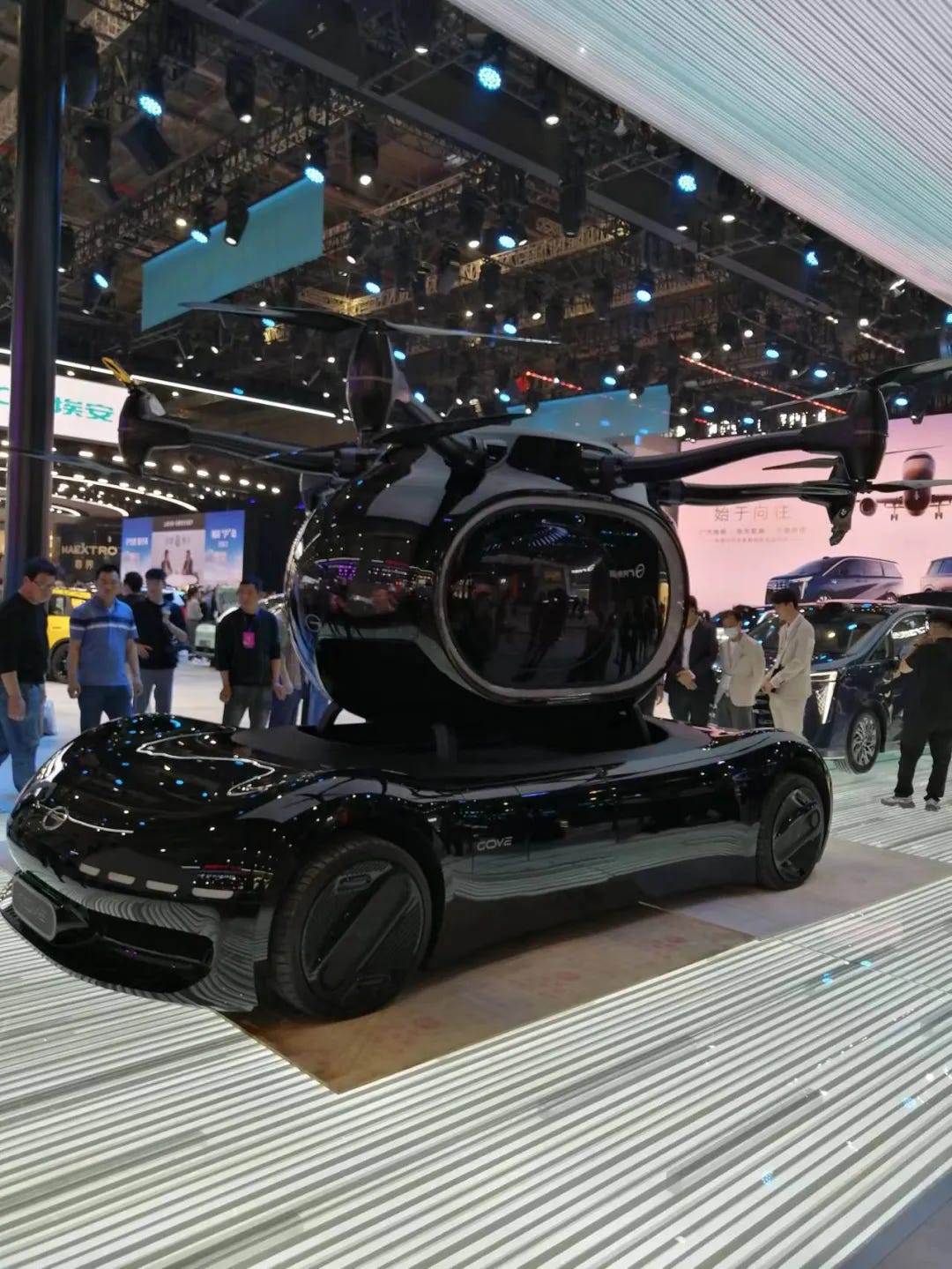
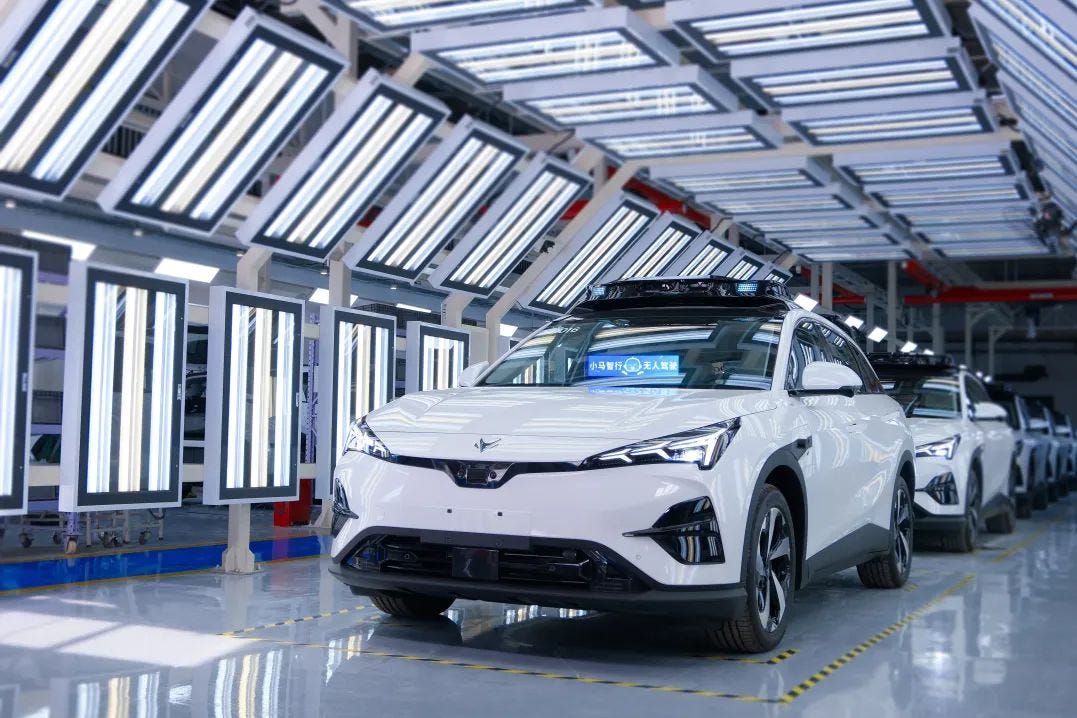
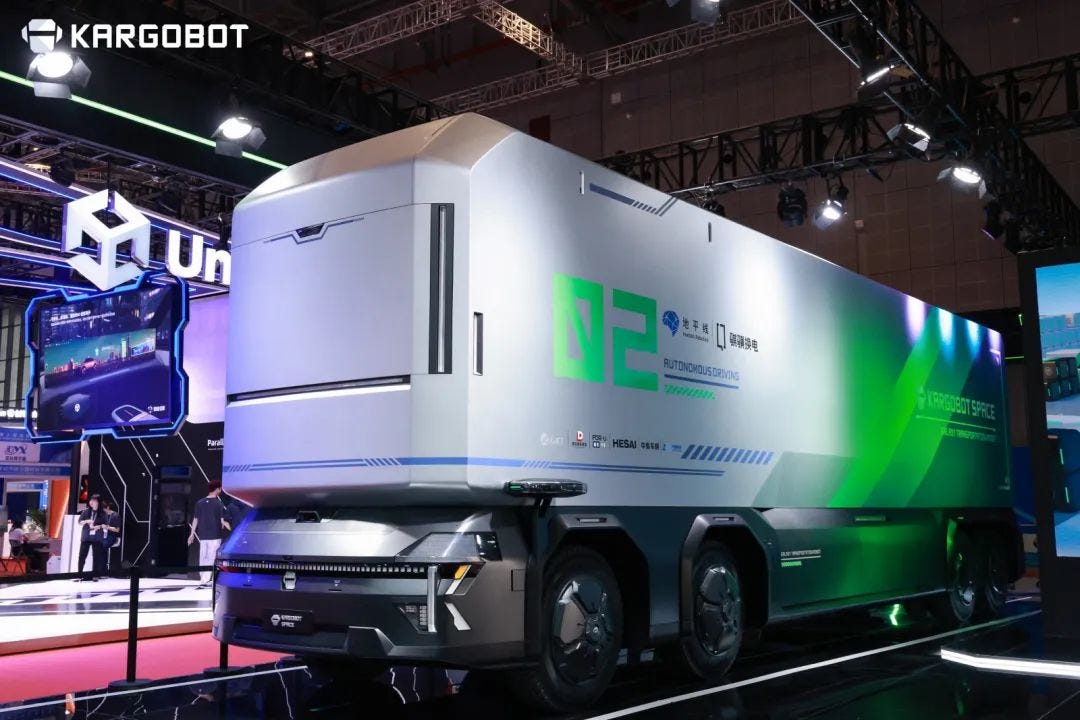

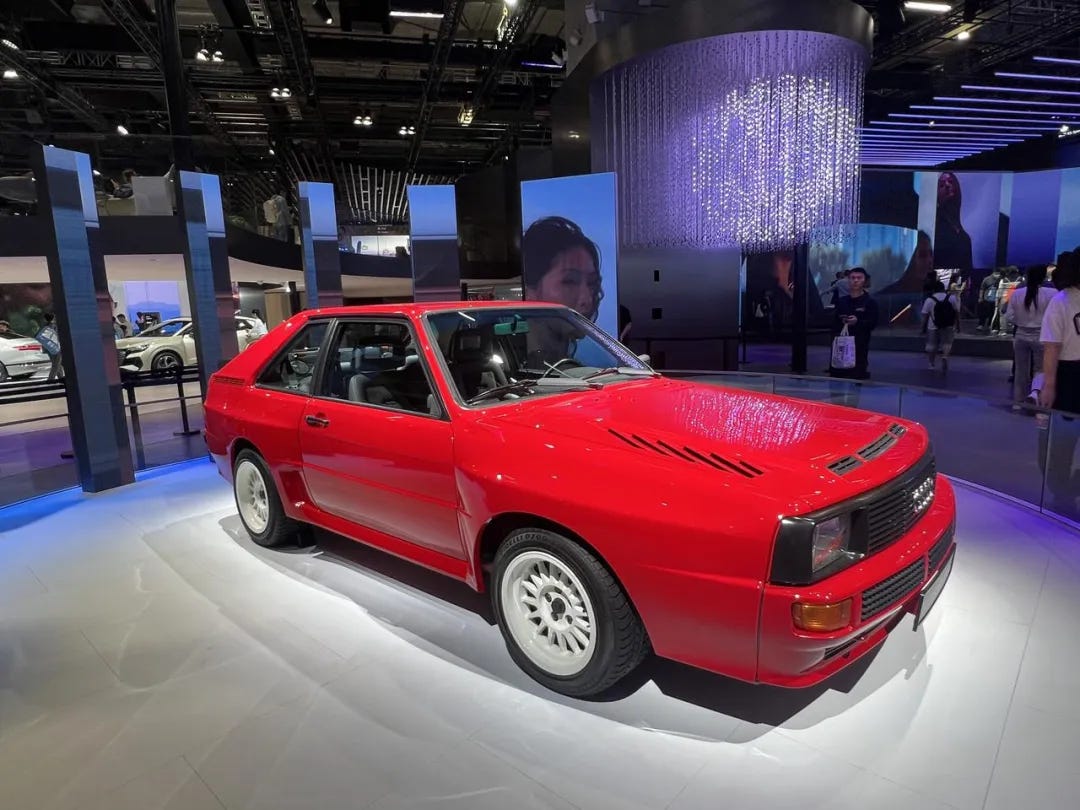
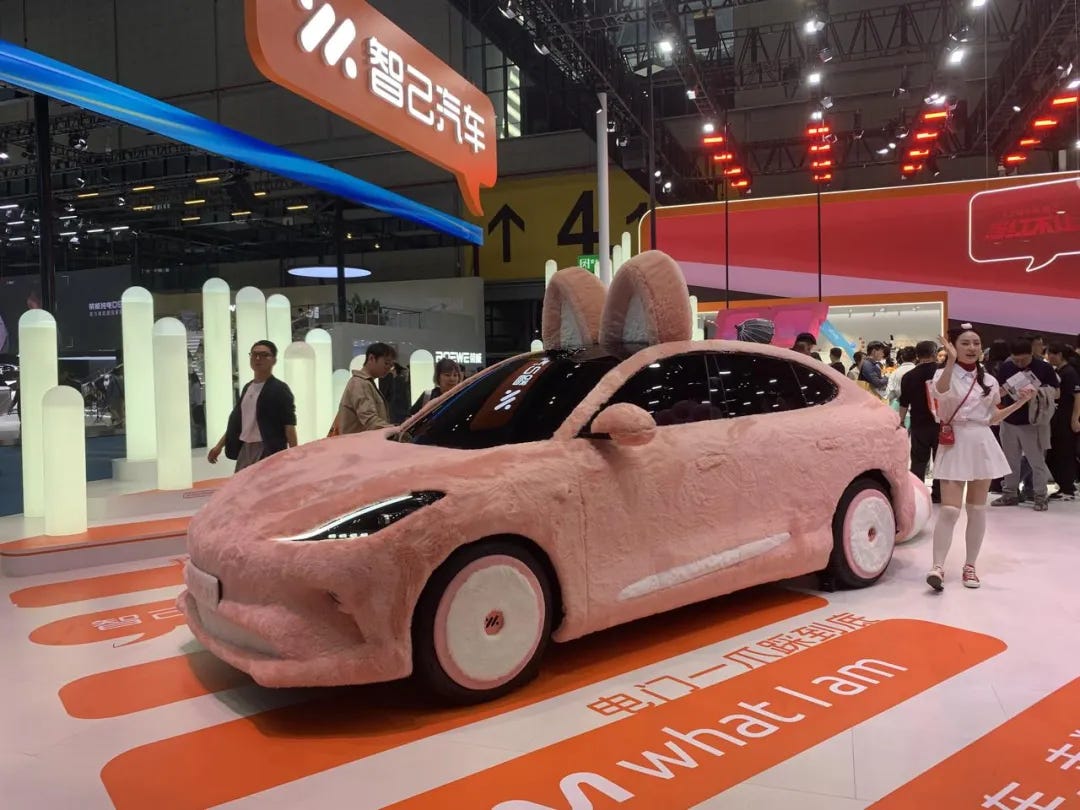
That Quattro stopped me in my tracks. Honestly, the only thing on the EV horizon that even comes close to matching that kind of presence is the Rivian R3X.
Maybe Xiaomi will finally deliver the camera-car I've been dreaming of. Imagine hitting a button on the steering wheel to capture a 50MP 360° panorama from the driver's seat. AFEELA clearly didn’t get my memo.